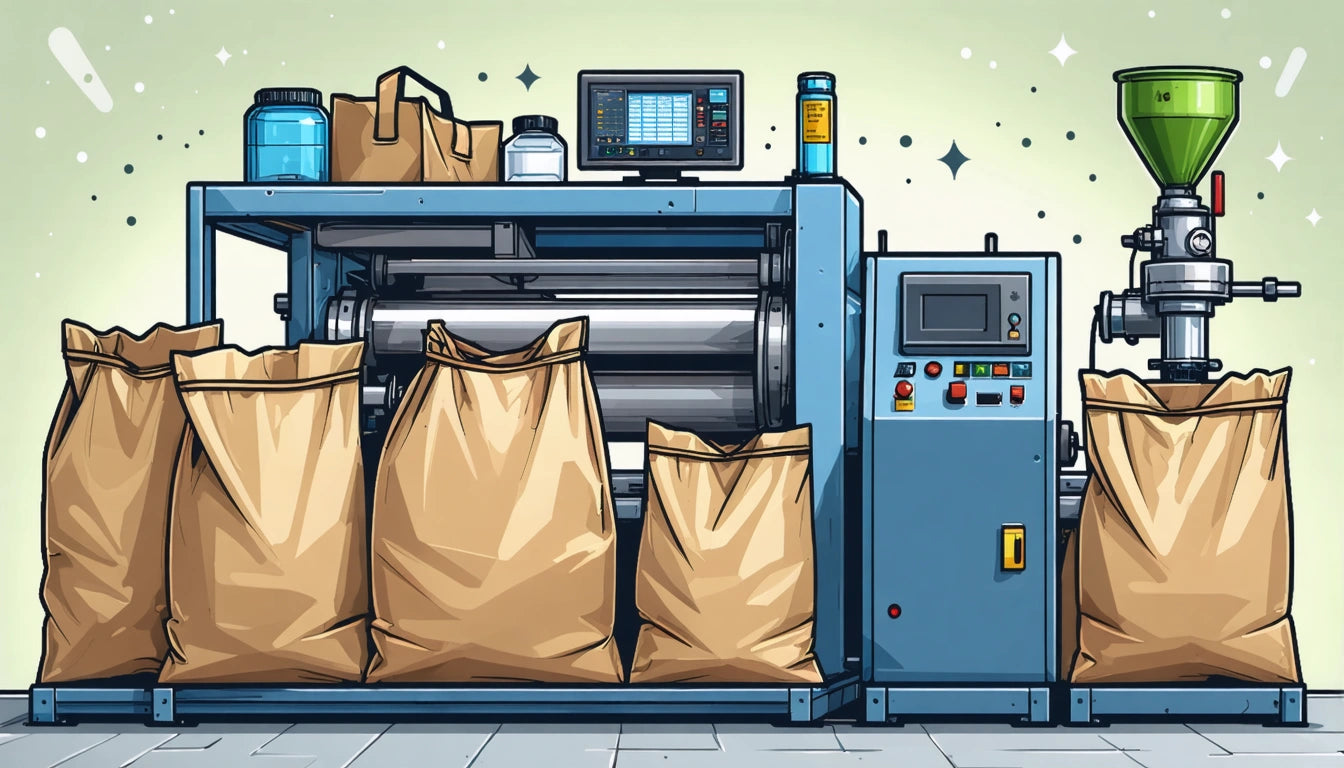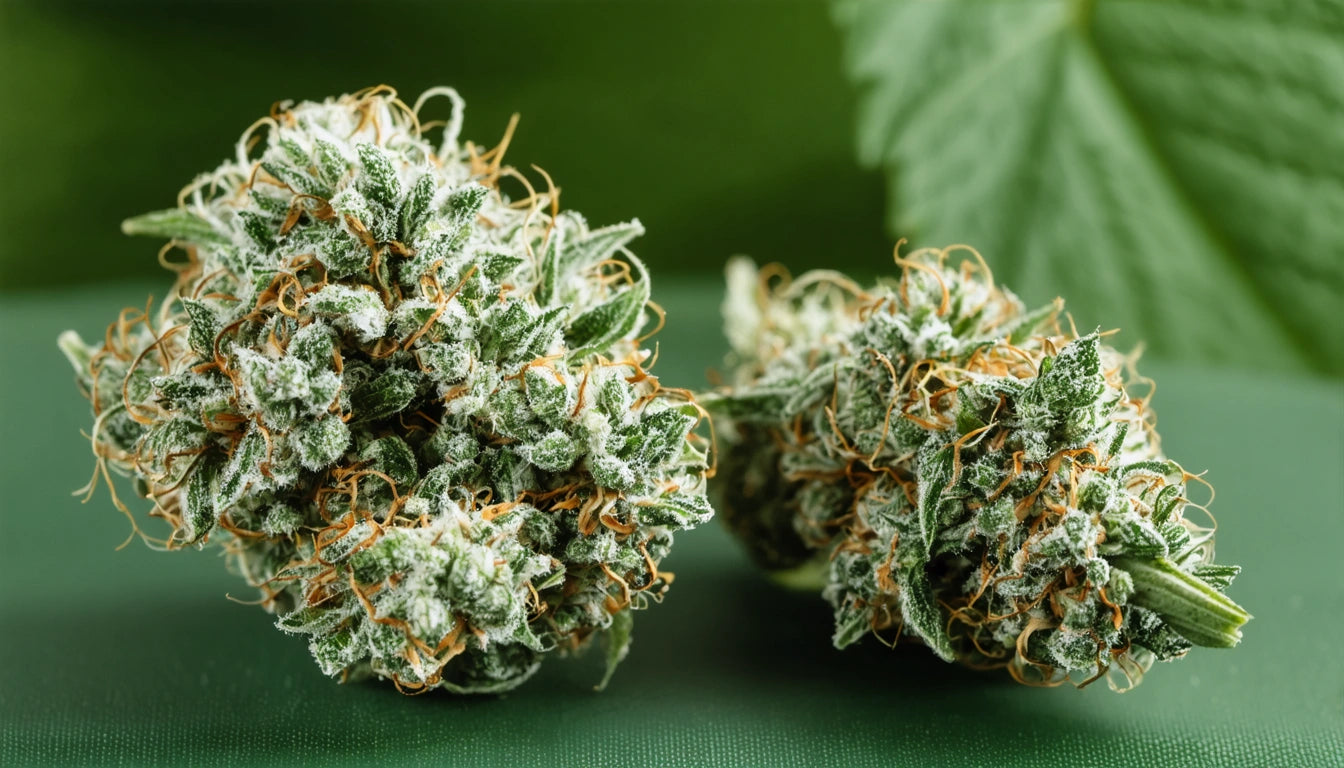Table of Contents
Closed-Loop Packaging: The Business Case for Reuse in 2025
As sustainability becomes a core business value rather than a marketing angle, closed-loop packaging systems are emerging as a viable solution for brands seeking to reduce waste, cut costs, and strengthen customer relationships. These systems, which focus on continuous reuse of packaging materials, represent a shift from traditional linear consumption models toward circular economy principles.
Understanding Closed-Loop Packaging Systems
Closed-loop packaging refers to systems where packaging is designed to be returned, cleaned, refilled, and reused multiple times. Unlike single-use packaging that follows a linear path from production to disposal, closed-loop systems create a circular flow that minimizes resource consumption and waste generation.
The concept builds upon other sustainable packaging approaches such as compostable packaging and innovative biomaterials, but focuses specifically on extending useful life through multiple use cycles.
Key Components of Closed-Loop Systems
- Durable packaging designed for multiple uses
- Collection infrastructure for returns
- Cleaning and sanitization processes
- Refilling operations
- Tracking and inventory management
- End-of-life recycling for damaged items
Business Benefits of Reusable Packaging
The business case for closed-loop packaging extends beyond environmental benefits to tangible financial advantages. Companies implementing these systems report several key benefits that contribute to both short and long-term success.
Cost Reduction Over Time
While initial investment in durable packaging may be higher, the amortized cost over multiple uses often results in significant savings. Brands utilizing refill station models report 40-70% reduction in packaging costs over a two-year period.
Brand Loyalty and Customer Retention
Reusable packaging creates additional touchpoints with customers, increasing brand engagement. According to recent industry surveys, brands with return-to-refill programs see 23% higher customer retention rates compared to those using conventional packaging.
Implementation Strategies for Brands
Successful implementation of closed-loop packaging requires strategic planning and consideration of product type, customer behavior, and operational capabilities.
Phased Rollout Approaches
Many brands find success by starting with limited product lines or geographic regions. This approach allows for testing and refinement before broader implementation. For example, our specialized packaging solutions for pre-rolls can be adapted to include returnable components, allowing cannabis brands to test reusable concepts with minimal disruption to existing operations.
Partnership Opportunities
Collaboration with specialized logistics providers, cleaning facilities, or other brands can distribute costs and improve efficiency. Shared infrastructure models are becoming increasingly common, particularly in densely populated urban markets.
Consumer Perspectives on Reusable Packaging
Consumer acceptance is crucial for closed-loop success. Research indicates shifting attitudes toward reusable packaging systems, with convenience and incentives playing key roles in adoption.
Convenience Factors
Ease of return remains the primary factor in consumer participation. Successful programs typically offer multiple return options, including in-store, mail-back, and third-party collection points. Digital integration through apps that track returns and rewards further enhances the user experience.
Incentive Structures
Effective programs incorporate meaningful incentives for participation. These may include:
- Deposit refunds
- Loyalty points or discounts
- Subscription models with reduced pricing
- Gamification elements that reward consistent participation
When combined with clear communication about environmental impact, these incentives can drive significant participation rates.
Measuring ROI on Closed-Loop Systems
Calculating return on investment for reusable packaging requires consideration of multiple factors beyond simple unit economics.
Key Metrics to Track
- Average number of reuse cycles per container
- Return rate percentage
- Cleaning and processing costs
- Logistics expenses
- Customer acquisition cost reduction
- Lifetime value increase for participating customers
For a comprehensive assessment, brands should also consider broader ROI factors such as brand perception lift and regulatory compliance benefits.
Break-Even Analysis
Most brands find that closed-loop systems reach break-even between 3-8 reuse cycles, depending on material costs, return rates, and operational efficiency. After this threshold, each additional cycle generates increasing returns compared to single-use alternatives.
Future Outlook: Where Closed-Loop Packaging Is Headed
The trajectory for closed-loop packaging points toward increasing adoption and innovation. Several key trends will shape development through 2025 and beyond.
Material innovation continues to improve durability while reducing weight and environmental impact. Smart packaging technologies incorporating RFID or QR tracking enable better inventory management and user engagement. Meanwhile, regulatory frameworks increasingly favor or mandate reusable systems in many markets.
As brands like ours continue exploring sustainable alternatives to traditional packaging, closed-loop systems represent not just an environmental choice but a strategic business decision with measurable benefits. By understanding the implementation requirements and potential returns, companies can make informed decisions about incorporating reusable packaging into their sustainability and business strategies.











Leave a comment
All comments are moderated before being published.
This site is protected by hCaptcha and the hCaptcha Privacy Policy and Terms of Service apply.